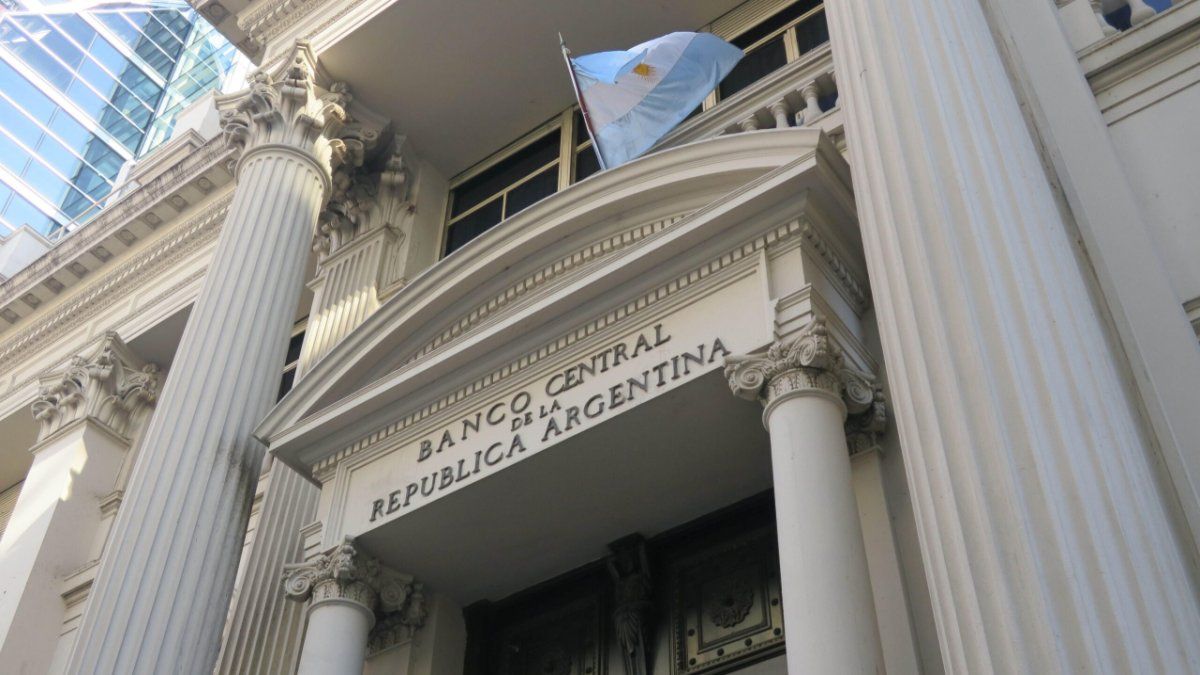Argentine companies issued almost US$4,000 million in Negotiable Obligations in the last four months, in a clear record for corporate fixed income and an appetite on the part of investors that remains intact. City analysts highlight the entry of dollars via bleach as one of the factors that lead companies to issue loans to capitalize on that financing opportunity. This, added to the stocks, allows them to finance themselves at a very low rate in dollars, “almost given away,” as they say.
Pablo RepettoHead of Research at Aurum Values -in dialogue with Scope– explains that in the current context, Argentine companies are experiencing a change in market selectivity and “although it is not common, companies are beginning to finance themselves at low rates.” However, it indicates that there is a growing demand and real for this type of assets. “However, when going out to place debt in the international market, they face the reality of having to validate higher rates, which contrasts with local conditions“he warns.
Which companies and for what amounts they placed debt
And companies like YPF, Pan American Energy, Generación Mediterránea, Telecom Argentina, Pampa Energía and Banco Galicia They placed more than US$4,000 million (US$4,062.3 million) in the international market. Meanwhile, some such as San Miguel, GEMSA, Celulosa Argentina, Aluar and IRSA (and also some of those mentioned before) did the same in the local market.
Juan José Vázquez, head of analysis at Cohen Financial Alliesexplains in statements to this medium that since August, when the Central Bank of Japan increased the reference rate by 15 points, which caused a dismantling of leveraged positions in yen and a “sell-off” in the markets, the Argentine country risk compressed almost 600 points. This is relevant data, since it speaks of optimism regarding the Argentine economy.
Corporate debt.jpeg
And, as Vázquez explains well, more than half of this decline can be attributed to Comprehension of triple C rating instruments (considerably high credit risk). Well, from August to the end of September, ““All the riskiest assets compressed strongly, creating a tailwind that benefited risky positions.”.
With October came the increase in dollar deposits driven by money laundering and its own impact on reservessomething that surprised analysts, since it is usually a negative month. Cohen’s expert assures that this is also due to overlapping quotas to pay for imports, which included monthly payments of the four-installment program along with new monthly installments that began in August. Furthermore, it removes it from COUNTRY Tax September complicated the situation, but, despite everything, October already marks a purchase of more than US$800 million by the BCRA.
ONs boom: what’s behind it
Furthermore, the analyst recalls that the deposits resulting from money laundering They exceeded US$10,000 million. This generated significant liquidity that went out in search of investment opportunities. And many of these movements were made based on the asset externalization program, which allowed investors not to pay penalties if they kept their assets until December 31, 2025. “This generated a flow of capital that fueled the current momentum in the market.“Vázquez shoots.
The placements and yields of bonds under Argentine law, especially those that pay in MEP, have rates that are even lower than those of Treasuries (US Treasury bonds). Vázquez maintains that the gap between MEP and the cable dollar (CCL) was also affected by the Central Bank’s dollar sales. “This momentum could extend, despite the fact that private deposits in dollars are being withdrawn by those who laundered less than US$100,000. However, the extension of the deadline until October 31 could balance the withdrawals with new income.” he pointed out.
Summer and companies
Vázquez, finally, comments that companies took advantage of the situation to restructure debt and extend the duration of their liabilities. Examples of this are YPF Lightwhich redeemed a 2026 bond, and Transportadora de Gas del Sur (TGS), which extended its bond that expired in May. Several other companies, such as Pampa and Telecom, also issued similar strategies.
Finally, José Ignacio Thomesenior equity analyst at SBS Groupagrees with Vázquez and states that in recent months, the private sector has enjoyed a “summer” in corporate issuance, driven by several factors. First, the resilience and operational solidity shown by the vast majority of debt-issuing companies in recent years has translated into financing rates that implicitly exhibit lower risk premiums than those of the sovereign .
Furthermore, the unlikely elimination of exchange controls (stocks) in the short term generates “a stock of pesos that companies raise through emissions in the local market“. Finally, the bleaching encourages investment in short and medium-term instruments, seeking returns while the requirements for permanence in the banking system are met.
Thus, despite global uncertainty and exchange restrictions, companies continue to restructure their debt and extend the duration of their liabilities. Although the situation presents challenges, such as the need to validate higher rates in the international market, the current momentum suggests that investor appetite for Argentine assets remains robust.
Source: Ambito
David William is a talented author who has made a name for himself in the world of writing. He is a professional author who writes on a wide range of topics, from general interest to opinion news. David is currently working as a writer at 24 hours worlds where he brings his unique perspective and in-depth research to his articles, making them both informative and engaging.




